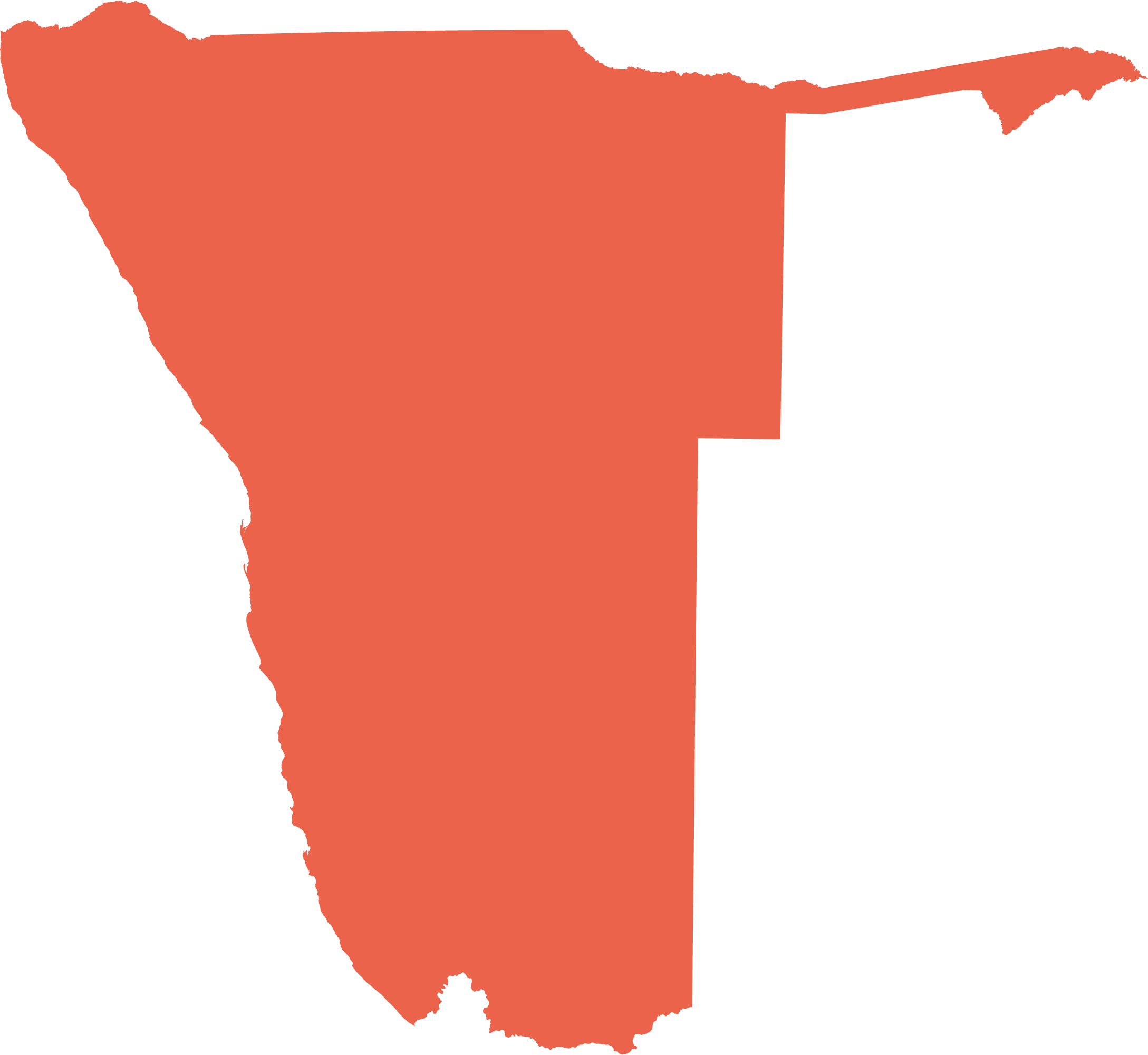Skip to main content
Key points
- For such an arid country, Namibia has a surprising number of plant species in many different forms. Over 4,000 species, subspecies or varieties of plants are known so far. The largest families are the grasses, daisies, legumes, vygies and oleanders.
- Among other growth forms, there are about 300 tree species, 500 succulents and more than 300 geophytes. Local uses are known for more than 1,000 species. More than 500 species are specially protected by legislation.
- Namibia has at least 660 endemic plant species, subspecies or varieties, and about another 400 near-endemic species. Many of the endemics occur in the southwestern Succulent Karoo biome and in various highland areas.
- The five biomes in Namibia can be divided into 28 vegetation types. The dominant types, densities and structure of the plants are largely determined by the availability of water and the type of soil. As average annual rainfall decreases from the northeast to the southwest, and soil quality declines, trees with broad leaves give way to trees with small leaves, tall trees give way to small trees and to shrubs, which in turn give way to dwarf shrubs, hardy bulbs, succulents, annual herbs and quick-growing grasses in the most arid, stony environments.
- Variation in plant production during the year is driven by changes in temperature, humidity and day length, and especially by the timing and amounts of rain that fall. The highest production is between December and April over most of the country. From one year to the next plant production, like rainfall, varies enormously. The areas with the greatest variation in plant production are those that receive between 100 and 350 millimetres of rain per year on average.
- Plant production is also affected by fire, particularly in northeastern Namibia where large areas frequently burn. For example, 43 per cent of Kavango East burnt ten or more times during a 19-year period, which gives trees little chance to recover, especially if the fires are intense. Most fires burn between August and October when people intentionally set them to clear land or for other purposes.
- Large areas of Namibia have become covered by dense bush, often described as bush encroachment. In contrast to areas that are burnt too much, bush encroachment is mainly due to a lack of fire on farms that have been managed for livestock production. In recent decades, farmers increasingly clear bush to restore pastures for livestock, or to harvest for charcoal production.
- At least 60 alien plant species have become invasive. They outcompete and displace indigenous plants depleting meagre supplies of water or nutrients. They can form dense and impenetrable thickets, interrupt water flow in rivers and streams, and harm animals.
- In addition to the ecological and agricultural values of plants, certain indigenous plants also have commercial value. The nutritional, cosmetic or medicinal properties of some of these plants – usually recognised through local use, knowledge and cultural value – are now being put to commercial use as the global demand for natural products grows.

